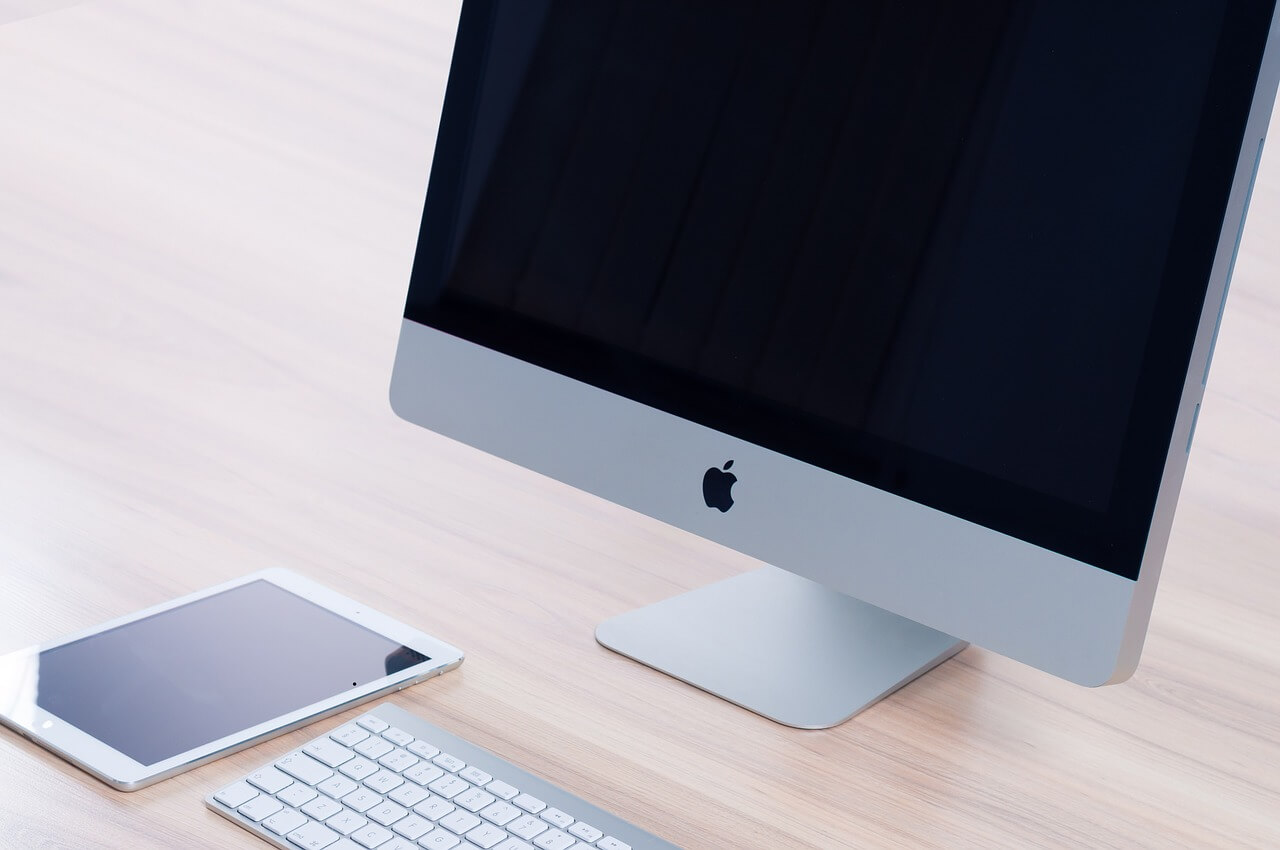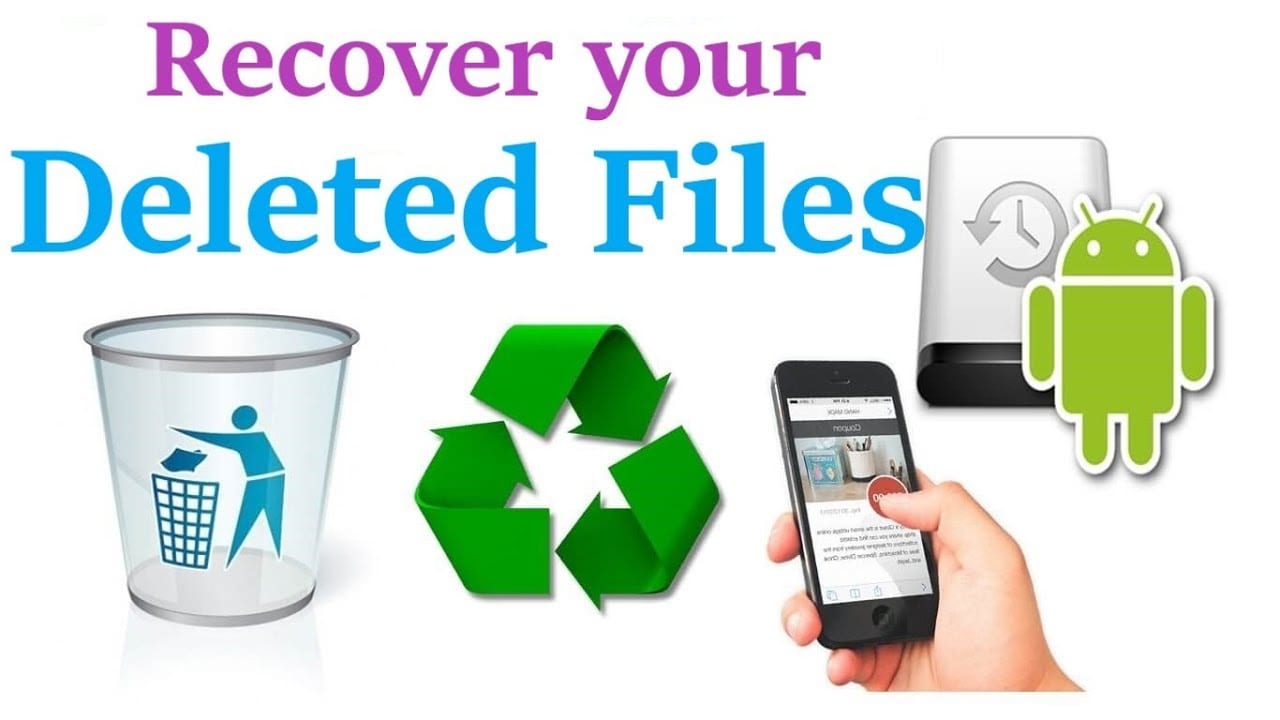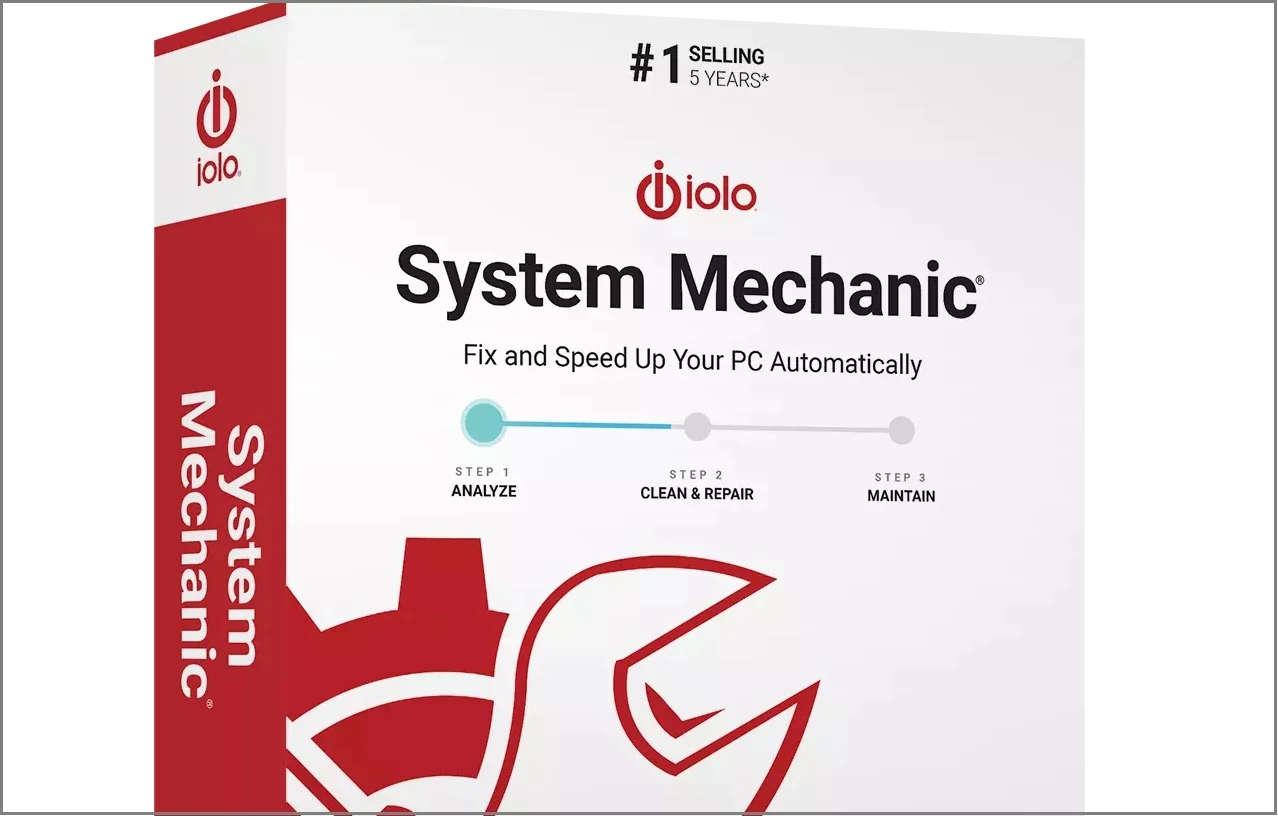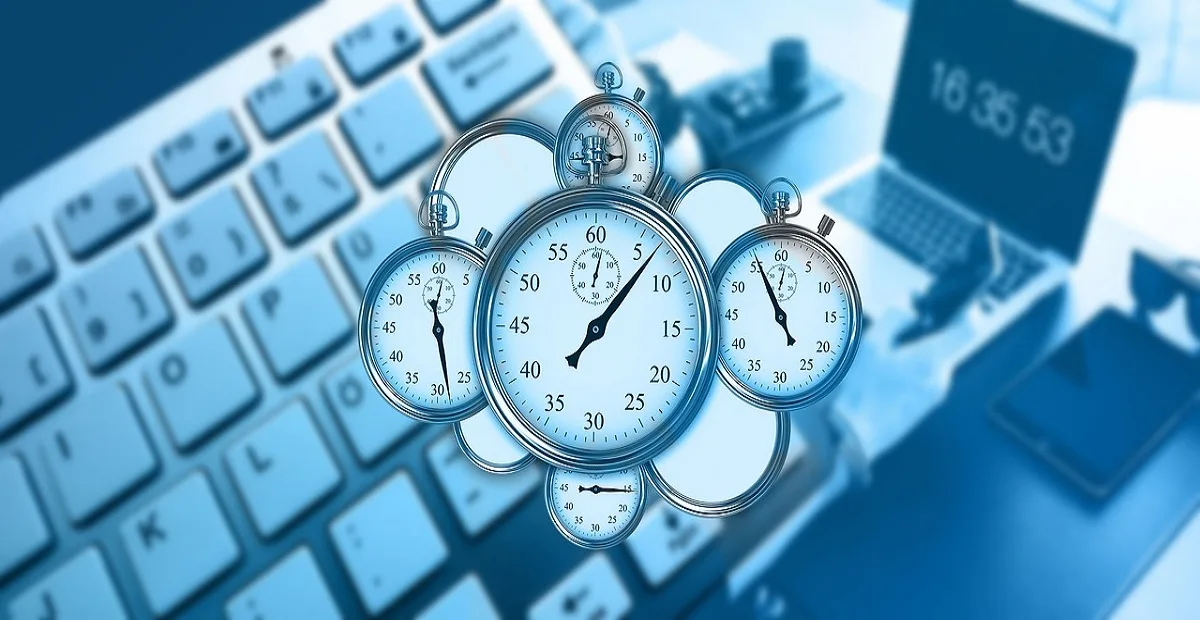How to Set Up and Use iCloud on Mac
If you haven’t set up iCloud on your Mac yet, do it now.
iCloud is a powerful cloud storage service for Apple users that allow people to back up and synchronize email, photos, contacts, and other files across various devices.
iCloud service was introduced in 2011, and it supports MacOS 10.7 or higher. As of 2018, the service had crossed 850 million users.
So, let’s not waste any more time and explore how to set up and use iCloud on your Mac to gain more efficiency and productivity.
iCloud Features
For Mac or iOS users, iCloud isn’t a simple cloud storage space. In fact, it comes with numerous great features like:
- Windows compatibility
- Free 5GB storage space for everyone
- Helps to locate a lost device
- iCloud Keychain to remember all the passwords
- Easy file and document sharing
- Regular backups and version restore
- Real-time device syncing
- Allows to set parental permissions
- Simple to share apps across different Mac devices
- Offers family sharing option
- Calendar, contact, and email sync
- iCloud.com access for upgrades
iCloud Benefits
- Free space on disk. You can store your images, videos, and other documents in the cloud to free up a huge space on the Mac’s internal disk.
- Easy to backup and retrieve data. It can sync data across the calendar, email, and contacts across your device to recover the lost data at any point.
- A setup assistant helps to install a new Mac device and migrate data from the old computer.
- Apple Music users can store their entire library on iCloud to make it available on all their devices.
- Apple users can easily share files; Apple iCloud can easily integrate with third-party corporate infrastructure, including HipChat, Microsoft Office, iCalendar, and more.
- Premium user data security and safety. iCloud can provide extensive data security tools that can help to retrieve lost Apple devices.
How to Set Up iCloud Drive on a Mac
If you haven’t already set up iCloud Drive on your Mac, follow these manual methods to do so:
Step 1. Click on the Apple menu icon > System Preferences > Apple ID.
Step 2. Check the box next to iCloud Drive to enable it.

How to Access iCloud on Mac
Once the iCloud is enabled for your Mac, from the web or Finder, you can access iCloud. To access iCloud Drive from a web browser:
Step 1. Search for iCloud.com on Safari or any other web browser.
Step 2. Enter your Apple ID and password associated with your iCloud account.
Step 3. Enter the verification code sent to your device for two-factor authentication if prompted. Just click on iCloud Drive and sort your files on the cloud.

Alternatively, Mac users can access iCloud from the Finder window using a web browser. Here’s how it works:
Step 1. Launch Finder and click on the iCloud Drive from the Finder sidebar.
Step 2. Double-click on any file to open it.

How to Store Documents and Desktop Folder in iCloud
To back up files or folders in iCloud, you have to create a physical copy of each file on your iCloud account as:
Step 1. Click on the Apple logo and select About This Mac.
Step 2. Click on Storage.
Step 3. Next, click on Manage and select Store in iCloud.
Step 4. You can now choose a file or folder to backup in iCloud.
How to Store Photos in iCloud
Once iCloud Photo Library is turned on your Mac, all your videos and photos in the Photos app will automatically store in iCloud. To activate this option on a Mac:
Step 1. Launch Photos > Photos > Preferences.
Step 2. Click on the iCloud tab and check the box next to the iCloud Photos. Finally, select Optimize Mac Storage to save high-quality versions of your videos or photos in iCloud.
How to Store Music in iCloud
You have two options to store music files in iCloud – enable iCloud Music Library or use iTunes Match. You have to first subscribe to Apple Music for both options that cost around $9.99/month.
If you don’t want to get an Apple Music subscription, iTunes Match can allow you to store 100,000 songs in iCloud. To sync your music library to iCloud, follow these steps:
Step 1. Open the Music App and click on Account to sign in.
Step 2. Go to Music > Preferences > General.
Step 3. Select Sync Library, and your work is done.

How to Sync Apps to iCloud
Mac users can sync their applications to iCloud to access them on all Apple devices. For this:
Step 1. Go to System Preferences > Apple ID > iCloud > Options next to iCloud Drive.
Step 2. Check the box next to the applications you want to sync using iCloud. Click on the Done once you are finished.
How to Disable iCloud on Mac
If you want to disable iCloud on your Mac anytime, go to System Preferences > Apple ID > Uncheck the iCloud Drive box.
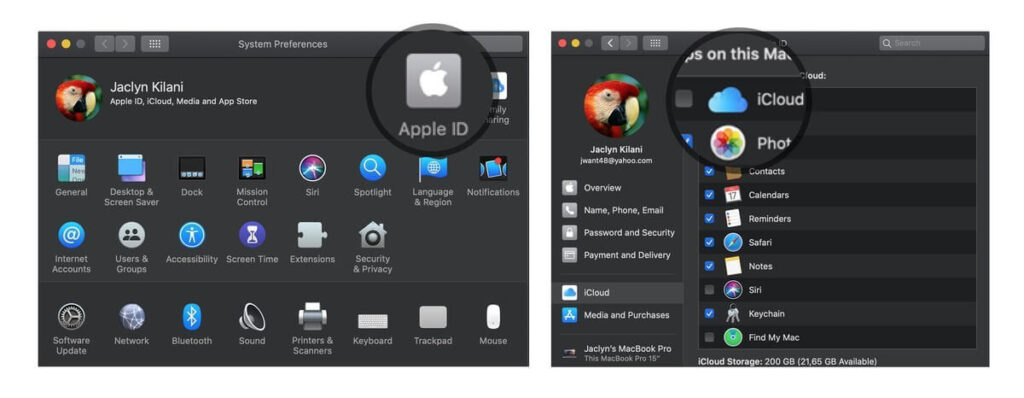
Wrap Up
You have now successfully learned how to set up, optimize and use iCloud Drive on Mac. So, we would like to bid farewell now. But if you have any questions about setting or using iCloud, put them in the comments, and we will provide you with an easy solution.
Popular Post
Recent Post
How To Connect a Wireless Printer Easily to Windows 11/10 PC
Printing tasks are part of most home and office work today. Isn’t it? Well, yes! Using a wireless printer makes printing easier and faster because you don’t need cables. It allows you to print documents and images from any corner of your room as long as your device and printer are connected to the same […]
How To Connect Your Windows 11 PC to a Projector or Another PC
A bigger screen can help you share your work with others. When you connect your Windows 11 PC to a projector, your screen becomes easier to view in a meeting room, classroom, or home. You can show slides, videos, notes, or entertainment. Most people do this for work or study, but it is also helpful […]
How To Set Up Dual Monitors Easily Windows 11/10: Complete Guide
Working with one screen can feel limiting. You switch between apps constantly. Your workflow slows down. A dual monitor setup changes everything. It gives you more space to work. You can see multiple things at once. This guide shows you how to set up dual monitors easily on Windows systems support. Windows 11 and Windows […]
How to Set Your Preferred Default Printer On Windows 11/10: Complete Guide
Printing documents should be simple. But many users struggle with their printer settings. Windows often picks the wrong printer as the default. This creates delays and wastes paper. Setting up your preferred printer as the default saves time. It prevents printing errors. This guide shows you how to set your preferred default printer Windows systems […]
Ashampoo WinOptimizer Review: Can It Really Speed Up Your PC?
Is your computer running slowly? Do programs take forever to load? You’re not alone. Millions of PC users face this problem daily. Ashampoo WinOptimizer claims it can fix these issues. This software promises to clean junk files, boost speed, and make your computer run like new. But does it really work? Or is it just […]
Screen Mirroring | Screen Cast Phone to Laptop Windows 11
screencast phone to laptopScreen mirroring is a great way to show your phone’s screen on a laptop. Right? Whatever you see on your phone, videos, games, apps, it shows up on the bigger screen too. It’s great for watching with friends, sharing ideas, or just getting a better view. Lots of people think it’s hard […]
Avast Cleanup PC Cleaner and Optimizer: Everything You Need to Know
Your computer gets slower over time. This is normal but frustrating. Files pile up. Programs start automatically. Your PC takes forever to boot up. You need a solution that works. Something simple but effective. Avast Cleanup promises to fix these issues. But does it really work? This guide covers everything about Avast Cleanup. You’ll learn […]
How to Recover Permanently Deleted Files in Windows 10/8/7
Losing important files can feel like a disaster. Well, yes! Maybe you deleted something by accident. Maybe you emptied the Recycle Bin a little too quickly. Suddenly, that crucial document or cherished photo seems lost forever. But take a deep breath. Windows 10 (and even 8 or 7) offers powerful ways to recover permanently deleted […]
Iolo System Mechanic: Full Review & Performance Breakdown
A fast computer is vital today. Slow systems waste time and hurt productivity. Common reasons include too many startup apps, junk files, and broken settings. There are many tools that claim to fix these issues. Some are light cleaners. Others act as full optimization suites. Iolo System Mechanic belongs in the second group. It is […]
How To Set Your Time And Zone Manually Windows 11/10: Complete Guide
Windows computers usually set the time automatically. But sometimes you need to set your time and zone manually on Windows systems. This happens when automatic settings fail. It also happens when you travel to different time zones. Manual time setting gives you full control. You can fix wrong time displays. You can also set custom […]

